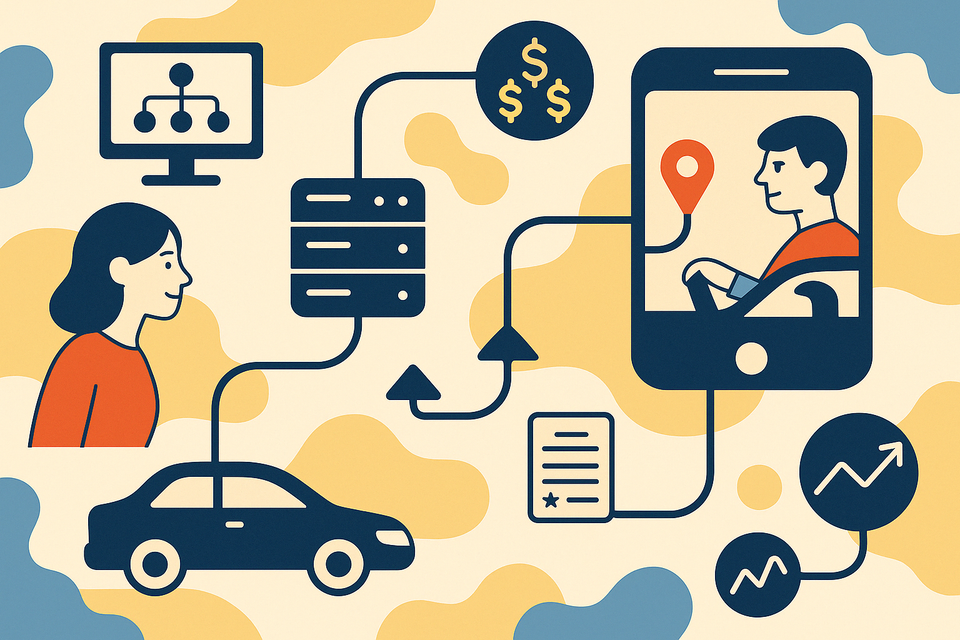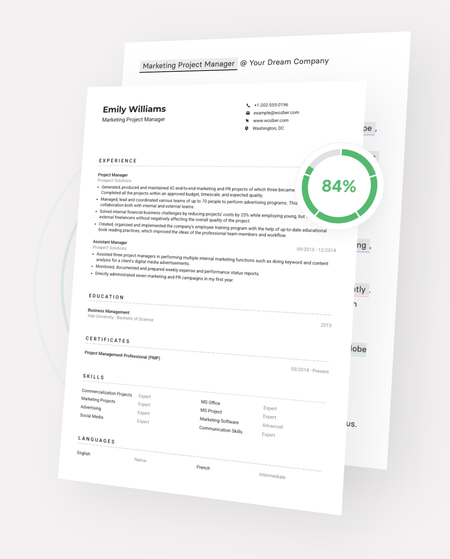Designing a real-time ride-hailing platform requires consideration of the fundamental building blocks that connect riders with drivers and ensure secure transactions. This article addresses the core functional requirements—location tracking, dispatch, trip management, scheduling, pricing, navigation, ratings, and notifications—that form the backbone of an Uber -like ecosystem. By adhering to these pillars, we build a scalable infrastructure handling millions of daily rides.
We will cover payment system in a separate blog soon, so its not covered here.
1. Understand Question as User
We aim to design an Uber-like ride-sharing system that addresses the following critical components:
Real-Time Location Tracking (GPS Integration)
- Track drivers’ (and possibly riders’) locations in real time for accurate pickups, drop-offs, and route optimization.
Matching/Dispatching Service
- Efficiently connect ride requests with the most suitable drivers (nearest, highly rated, or otherwise “best match” logic).
Trip Management
- Handle the lifecycle of a ride from request → driver acceptance → in progress → completion → payment.
Pricing & Fare Calculation (including Surge Pricing)
- Compute trip fares based on distance, time, and real-time surge factors when demand is high.
Scheduling & Bookings (Pre-book / Scheduled Rides)
- Let users schedule rides in advance, requiring future driver availability checks.
Routing & Navigation
- Suggest optimal paths, factor in traffic and real-time conditions, and provide turn-by-turn instructions.
Rating & Feedback System
- Collect riders’ and drivers’ feedback for quality control and reputation management.
Logging & Monitoring
- Collect application logs, metrics, and user events for analytics, debugging, and system health checks.
As with other large-scale, on-demand services, we want a scalable, fault-tolerant, secure, and globally accessible design that can handle millions of rides daily, delivering real-time location updates and near-instant matching at peak hours.
2. Requirement Gathering
2.1 Functional Requirements (FR)
Real-Time Location Tracking (GPS Integration)
-
Continuously receive driver location pings.
-
Possibly track rider location when the app is active (for advanced user features).
-
Store and retrieve location data quickly to enable real-time queries (e.g., nearest driver).
Matching/Dispatching
-
Riders request rides; the system finds the best available driver.
-
Factor in distance, driver availability, driver ratings, surge pricing zones, etc.
-
Provide an ETA for pickup and allow ride cancellation with appropriate penalties.
Trip Management
-
Coordinate status transitions (requested → dispatched → en route → completed).
-
Provide real-time status to both driver and rider.
-
Integrate with Payment Service for final fare deduction at trip’s end.
Pricing & Fare Calculation (Surge)
-
Estimate fares upfront based on distance/time plus dynamic surge if demand > supply.
-
Recalculate final fare if the driver takes a longer route or trip circumstances change.
-
Support local currency, taxes, and compliance with regional pricing regulations.
Scheduling & Bookings
-
Allow users to schedule rides in advance (e.g., airport drop-offs).
-
Store scheduled rides, ensure a driver is ready at the requested time.
-
Send reminders/notifications to both the rider and potential drivers.
Routing & Navigation
Rating & Feedback
-
Prompt both driver and rider to leave a rating/review post-trip.
-
Aggregate ratings to maintain user/driver reputation scores.
-
Possibly flag extremely low ratings for follow-up or moderation.
Logging & Monitoring
-
Collect logs and metrics (e.g., dispatch latencies, trip durations, error rates).
-
Provide alerts and dashboards for system health.
-
Enable auditing (e.g., suspicious ride patterns or frequent cancellations).
2.2 Non-Functional Requirements (NFR)
Scalability & Low Latency: Handle millions of daily rides, tens/hundreds of thousands of location updates/sec. Near-instant matching even at peak.
Reliability: No lost trip records or dropped location updates, minimal downtime.
Security & Privacy: Protect personal data (phone numbers, payment info). Comply with local regulations (PCI-DSS for payments).
Global Accessibility: Multi-region deployments; handle language/local currency.
Fault Tolerance: Survive zone failures, degrade gracefully (e.g., partial functionality if a region is down).
Observability: Fine-grained logging, metrics, tracing across services to detect issues quickly.
2.3 Out of Scope
-
Advanced ML-based driver routing or dynamic dispatch (beyond basic nearest-driver logic).
-
Complex corporate billing or ride sharing among multiple passengers.
-
Highly detailed loyalty or subscription models.













